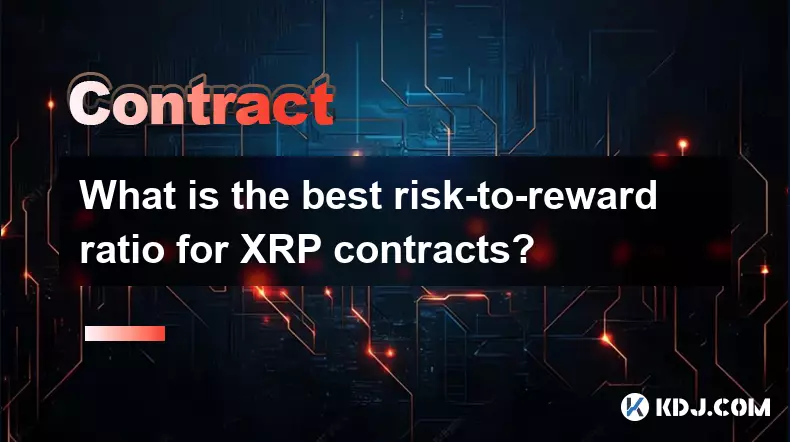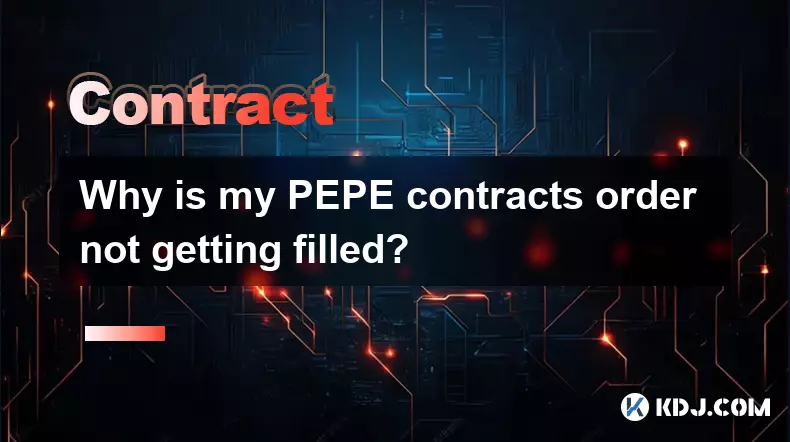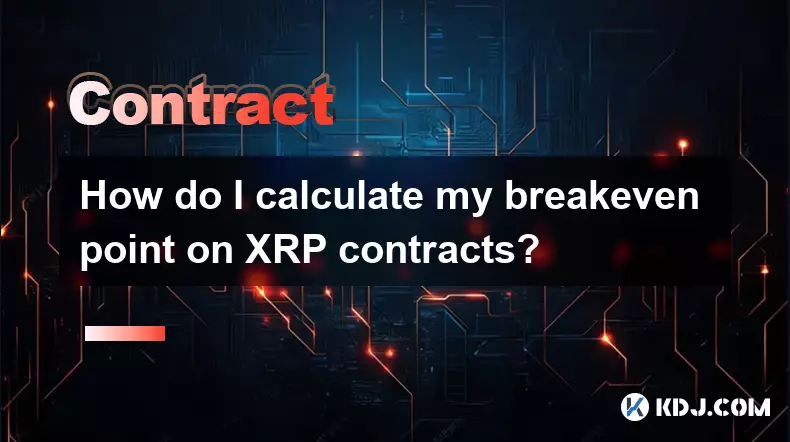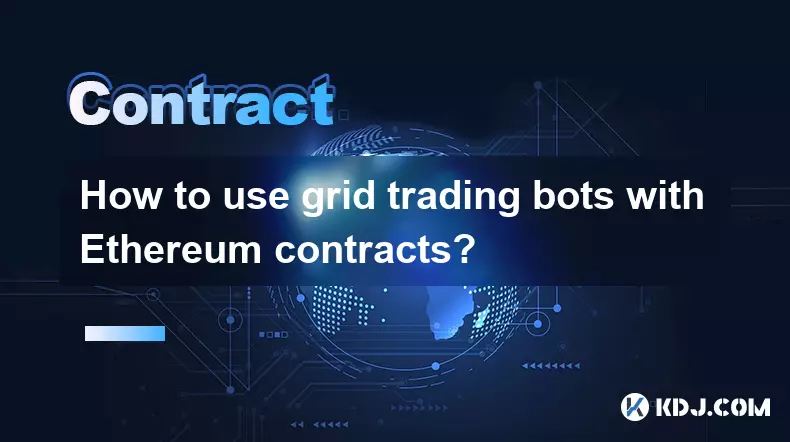-
 bitcoin
bitcoin $110047.851143 USD
-1.37% -
 ethereum
ethereum $3727.617466 USD
-1.30% -
 tether
tether $1.000961 USD
-0.05% -
 bnb
bnb $1114.045467 USD
1.72% -
 xrp
xrp $2.343280 USD
0.14% -
 solana
solana $174.674876 USD
-5.85% -
 usd-coin
usd-coin $0.999999 USD
0.02% -
 tron
tron $0.311757 USD
-2.44% -
 dogecoin
dogecoin $0.183678 USD
-3.76% -
 cardano
cardano $0.627109 USD
-2.07% -
 ethena-usde
ethena-usde $1.000300 USD
0.15% -
 hyperliquid
hyperliquid $36.865760 USD
-2.74% -
 chainlink
chainlink $16.968918 USD
-1.48% -
 stellar
stellar $0.318159 USD
0.47% -
 bitcoin-cash
bitcoin-cash $500.637224 USD
-1.56%
How to reduce trading fees for Bitcoin contracts?
Bitcoin contract trading fees vary by exchange, order type, and volume, with makers often rewarded and takers paying more; hidden costs like funding rates also impact profitability.
Oct 09, 2025 at 02:37 pm

Understanding Bitcoin Contract Trading Fees
1. Trading fees on Bitcoin contracts are typically charged by exchanges for executing buy and sell orders. These fees vary significantly across platforms and are influenced by factors such as trading volume, order type, and user tier. Market makers who add liquidity often receive lower fees or rebates, while takers who remove liquidity pay higher rates.
2. Fee structures usually include both maker and taker fees. Makers place limit orders that do not execute immediately, thus contributing to market depth. Takers use market orders that fill existing limit orders. Exchanges incentivize market-making activity through reduced or negative fees, effectively paying traders to provide liquidity.
3. Some exchanges offer fee discounts based on a user’s 30-day trading volume. Higher volumes unlock better fee tiers. Additionally, holding the exchange’s native token can lead to further reductions. For example, using BNB on Binance or FTT on FTX historically allowed users to pay lower fees.
4. Hidden costs such as withdrawal fees, funding rates in perpetual contracts, and slippage should also be considered. While not direct trading fees, they impact overall profitability. Traders must evaluate the entire cost structure rather than focusing solely on stated commission rates.
5. Regional differences affect fee models. Certain jurisdictions have regulatory constraints that influence pricing. Some exchanges offer localized versions with adjusted fee schedules to comply with local laws or attract regional traders.
Leveraging Exchange Incentive Programs
1. Many cryptocurrency exchanges run rebate programs for high-frequency traders. These programs reward consistent market-making behavior with fee refunds or even payments per executed order. Participation often requires signing an agreement and meeting minimum volume thresholds.
2. Referral systems allow users to earn credits toward their own trading fees by inviting new traders. The referred user may also receive a temporary discount. This mutual benefit helps both parties reduce long-term costs.
3. Participating in exchange-sponsored trading competitions can result in waived fees and additional rewards. These events encourage increased activity and often feature leaderboards where top performers gain access to exclusive benefits, including permanent fee reductions.
4. Some platforms offer zero-fee windows during promotional periods. During these times, specific pairs or contract types trade without commissions. Timing trades to coincide with these promotions can yield significant savings.
5. Institutional desks at major exchanges provide custom fee agreements for large-volume clients. Negotiating directly with business development teams can lead to tailored pricing models far below standard retail rates.
Optimizing Order Types and Execution Strategy
1. Prioritizing limit orders over market orders allows traders to act as makers, qualifying for lower fee rates. Although execution is not guaranteed, this approach improves cost efficiency over time, especially in liquid markets.
2. Avoiding peak volatility periods reduces slippage and prevents unintended taker status. Rapid price movements often cause limit orders to be filled as takers due to aggressive matching algorithms. Calmer market conditions increase the likelihood of maker execution.
3. Using iceberg or hidden orders on supported platforms minimizes market impact and maintains maker eligibility. These order types display only a fraction of the total size, preventing front-running and preserving favorable fee treatment.
4. Splitting large orders into smaller chunks prevents triggering higher fee tiers associated with large single transactions. Incremental execution also avoids moving the market unfavorably, which indirectly lowers effective costs.
5. Monitoring order book depth helps determine optimal entry points. Placing bids and asks near dense clusters of existing orders increases the probability of passive fills, ensuring continued qualification for maker fees.
Frequently Asked Questions
What is the difference between maker and taker fees in Bitcoin futures?Maker fees apply when a trader places a limit order that adds liquidity to the order book. Taker fees are charged when an order instantly matches with an existing one, removing liquidity. Maker fees are generally lower, sometimes negative, meaning the exchange pays the trader.
Can holding a platform’s native token reduce my contract trading fees?Yes, many exchanges offer fee discounts when users pay with their native tokens. For instance, using exchange-specific cryptocurrencies like OKB or HT on their respective platforms can reduce fees by up to 20% or more, depending on the holding amount and user level.
Do all crypto exchanges charge the same fee structure for BTC contracts?No, fee models differ widely. Some exchanges use a tiered system based on volume, others offer flat rates, and a few provide rebates for market makers. It's essential to compare fee schedules across platforms to identify the most cost-effective option for your trading style.
How do funding rates affect the cost of holding Bitcoin perpetual contracts?Funding rates are periodic payments exchanged between long and short positions to keep contract prices aligned with spot values. If you hold a long position when funding rates are positive, you pay shorts. This recurring cost adds to the overall expense of trading, separate from transaction fees.
Disclaimer:info@kdj.com
The information provided is not trading advice. kdj.com does not assume any responsibility for any investments made based on the information provided in this article. Cryptocurrencies are highly volatile and it is highly recommended that you invest with caution after thorough research!
If you believe that the content used on this website infringes your copyright, please contact us immediately (info@kdj.com) and we will delete it promptly.
- XRP Price Prediction: Weekend Rollercoaster or Rally?
- 2025-10-12 08:45:16
- Bittensor (TAO): Super Bullish Signals Point to Potential 2x Rally
- 2025-10-11 10:25:12
- Silver Price Correction: Navigating the Dip & Identifying Key SEO Keywords
- 2025-10-11 10:25:12
- Decoding Crypto Trends: Bittensor's Bull Run, Cardano's Dip, and LivLive's Presale Buzz in 'Uptober 2025'
- 2025-10-12 08:45:16
- MoonBull: The Crypto Meme Coin Promising 1000x Gains?
- 2025-10-11 10:30:01
- Crypto Payroll Revolution: Stablecoins, Altcoins, and the Future of Salary Payments
- 2025-10-11 10:30:01
Related knowledge

How to calculate the ROI for Ethereum contracts?
Oct 09,2025 at 04:36pm
Understanding Ethereum Contract ROI Basics1. Return on Investment (ROI) for Ethereum contracts begins with tracking the initial capital deployed into ...

What is the best risk-to-reward ratio for XRP contracts?
Oct 11,2025 at 04:18am
Understanding Risk-to-Reward in XRP Futures Trading1. The risk-to-reward ratio is a fundamental metric used by traders to evaluate the potential profi...

Why is my PEPE contracts order not getting filled?
Oct 12,2025 at 06:01pm
Understanding Liquidity Issues in PEPE Contracts1. Low liquidity is one of the primary reasons a PEPE contract order may not get filled. Many meme-bas...

Is it better to trade Dogecoin contracts or spot?
Oct 12,2025 at 04:54pm
Understanding Dogecoin Spot Trading Mechanics1. Spot trading involves the direct purchase and ownership of Dogecoin at the current market price. Trade...

How do I calculate my breakeven point on XRP contracts?
Oct 09,2025 at 08:36pm
Understanding the Breakeven Point in XRP Futures TradingCalculating the breakeven point for XRP contracts is essential for traders who engage in futur...

How to use grid trading bots with Ethereum contracts?
Oct 12,2025 at 05:01am
Understanding Grid Trading Bots in the Context of Ethereum1. Grid trading bots operate by placing a series of buy and sell orders at predetermined pri...

How to calculate the ROI for Ethereum contracts?
Oct 09,2025 at 04:36pm
Understanding Ethereum Contract ROI Basics1. Return on Investment (ROI) for Ethereum contracts begins with tracking the initial capital deployed into ...

What is the best risk-to-reward ratio for XRP contracts?
Oct 11,2025 at 04:18am
Understanding Risk-to-Reward in XRP Futures Trading1. The risk-to-reward ratio is a fundamental metric used by traders to evaluate the potential profi...

Why is my PEPE contracts order not getting filled?
Oct 12,2025 at 06:01pm
Understanding Liquidity Issues in PEPE Contracts1. Low liquidity is one of the primary reasons a PEPE contract order may not get filled. Many meme-bas...

Is it better to trade Dogecoin contracts or spot?
Oct 12,2025 at 04:54pm
Understanding Dogecoin Spot Trading Mechanics1. Spot trading involves the direct purchase and ownership of Dogecoin at the current market price. Trade...

How do I calculate my breakeven point on XRP contracts?
Oct 09,2025 at 08:36pm
Understanding the Breakeven Point in XRP Futures TradingCalculating the breakeven point for XRP contracts is essential for traders who engage in futur...

How to use grid trading bots with Ethereum contracts?
Oct 12,2025 at 05:01am
Understanding Grid Trading Bots in the Context of Ethereum1. Grid trading bots operate by placing a series of buy and sell orders at predetermined pri...
See all articles









































































